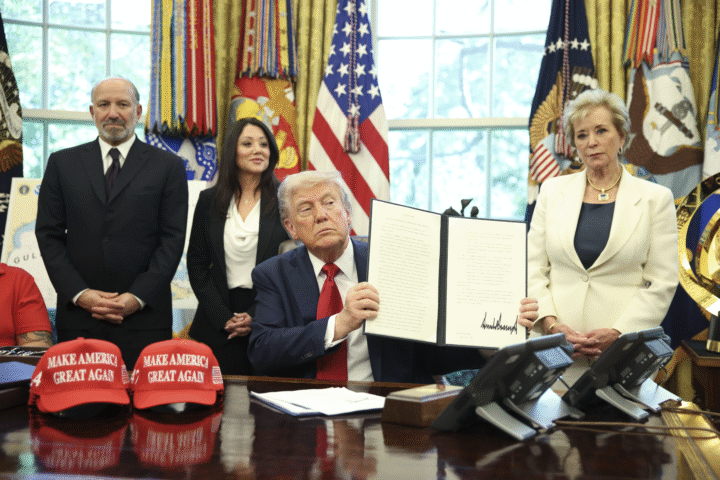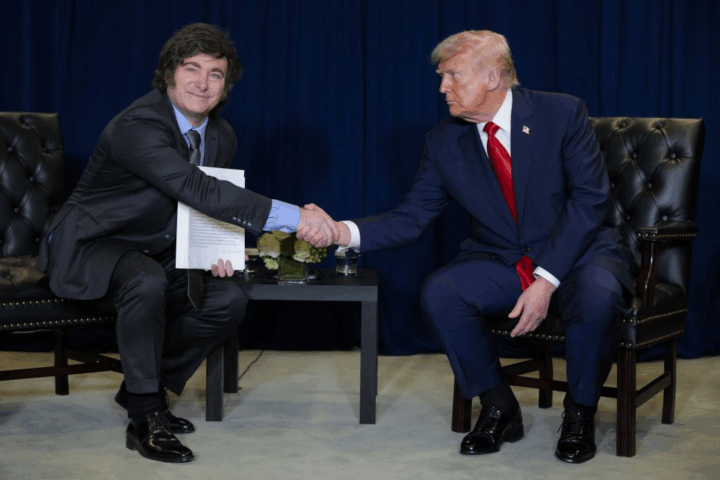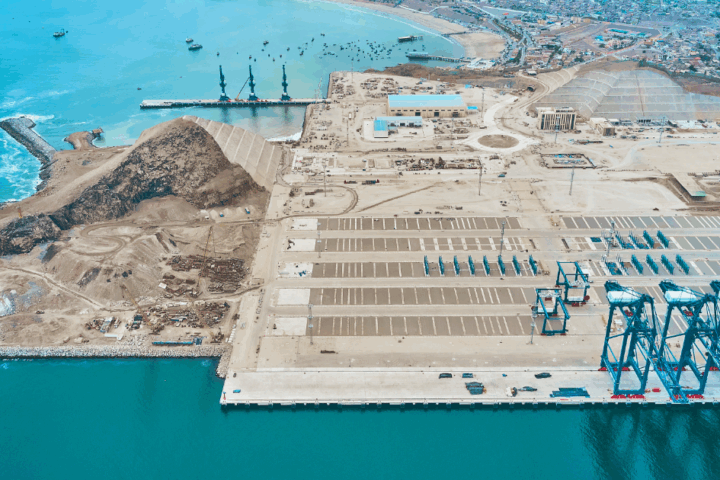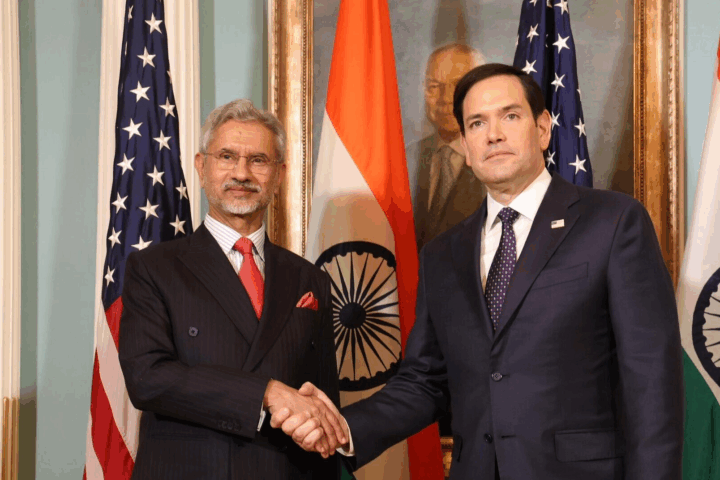Canada stands to gain significantly from strengthening its partnership with India, now the world’s fourth-largest economy and a major importer of Canadian agricultural products and crude oil. As trade tensions with the U.S. persist, India offers Canada vital opportunities for trade diversification, especially benefiting Alberta’s oil sector. Canadian consumer brands also see vast potential in India’s expanding market. With global competitors deepening ties with India, Canada must act strategically to secure its economic interests. The upcoming G7 summit provides a timely opportunity for Canada to reset and advance this crucial bilateral relationship for mutual growth and prosperity.
As the snow-capped Rockies of Kananaskis prepare to host the G7 summit, a far more symbolic thaw may be underway—not in the mountains, but in the chill that has long gripped Canada-India relations. The presence of Indian Prime Minister Narendra Modi at the invitation of Canada’s newly minted Prime Minister Mark Carney is more than a matter of protocol. It is, potentially, the start of a diplomatic and economic renaissance—a strategic reset whose timing could not be more urgent nor more promising.
For years, the Canada-India relationship has been a study in untapped potential. Diplomatic skirmishes and political hesitations have slowed what could have been one of the most significant bilateral relationships of the 21st century. Yet here we are, on the edge of a new chapter, one that demands courage, vision, and above all, action.
India: Not Just an Opportunity, But a Necessity
India is no longer an “emerging” market—it has emerged. Now the fourth-largest economy in the world, India has transformed into a powerhouse of demand, innovation, and geopolitical influence. For Canada, India is not just a good-to-have partner—it’s a must-have.
The numbers make the case. Canadian farmers already know the value of India’s appetite. Despite diplomatic flare-ups in recent years, Canada continues to supply more than half of India’s lentil imports. Canola oil, pulses, and other agri-exports could surge with a stable and mutually respectful relationship in place. The resilience of agricultural trade amid political strains reveals an important truth: when interests align, diplomacy can—and must—follow.
For too long, Canada has treated India as a second-tier trade partner. But the world has changed. So too must Canada’s approach.
Trade Diversification: Canada’s Urgent Homework
Canada’s overdependence on the United States is an open secret. Despite being an ally and neighbor, the U.S. has, on multiple occasions, flexed its economic muscle to the detriment of Canadian industries. From dairy disputes to softwood lumber disagreements, the lesson is clear: diversification is not a luxury, it is a lifeline.
India offers not just a buffer against trade volatility but a strategic realignment. Prime Minister Carney’s intent to prioritize economic ties with India isn’t just wise—it’s overdue. Other G7 nations, notably the UK and Australia, are already deep into trade negotiations and security dialogues with New Delhi. If Canada doesn’t sprint, it risks becoming a footnote in India’s grand global dance.
This isn’t about chasing trade deals for the sake of numbers. It’s about aligning with democratic, fast-growing economies that share Canada’s interest in a stable, rules-based global order.
Oil in the Gears: The Alberta-India Nexus
The Alberta-India energy connection could be the dark horse of this entire reset. As India’s demand for energy skyrockets—it’s expected to double by 2040—Canada, with the third-largest petroleum reserves on Earth, stands as a natural partner.
Alberta, often the face of Canadian energy, is uniquely poised to fuel India’s growth while securing its own economic future. Recent upticks in Indian imports of Canadian crude oil are not just transactional—they’re strategic signals. In a world increasingly wary of volatile suppliers, Canada can offer India something rare: reliability.
With the right policies, infrastructure, and long-term vision, this energy partnership could define Canada-India relations for the next generation.
Maple Leaf Meets Masala: Canadian Brands in India
Canada’s export narrative must evolve beyond barrels and bushels. Consumer brands—icons like Tim Hortons, McCain Foods, and Lululemon—are already planting roots in Indian cities. And why not? India’s middle class, already larger than Canada’s entire population, is hungry for quality, trusted global brands.
But selling coffee and frozen fries is just the beginning. What’s at stake is the ability of Canadian firms to embed themselves in one of the world’s most dynamic consumer markets. Indian shoppers, increasingly discerning and digital-savvy, are ready for brands that offer both global prestige and ethical credentials.
Canada, with its clean image and high-quality products, is perfectly positioned to make a lasting impression—if it plays its cards right.
From Apology to Alignment: A New Diplomatic Playbook
Of course, all this economic potential rests on the fragile foundation of diplomacy. The Canada-India relationship has been rocked in recent years by political controversies, diaspora tensions, and mutual mistrust. Rebuilding it will require more than photo ops and platitudes.
It will demand candor, cultural sensitivity, and a recognition that India’s rising stature must be met with equal respect. Canada must move away from episodic engagement to sustained, strategic alignment. This means more than trade missions—it means embedding India in Canada’s foreign policy thinking at every level.
The UK and Australia are not merely ahead because of trade deals—they are ahead because they have made India central to their regional and economic strategies. Canada must follow suit, or risk watching its allies scoop up the benefits of India’s economic ascent.
Kananaskis: More Than a Summit
This month’s G7 summit is more than an international meet-and-greet. It’s a litmus test for whether Canada has the political will to step into a larger role on the world stage. India’s presence is an invitation—to friendship, to partnership, and to a new era of economic diplomacy.
Let’s be clear: this is not about choosing sides in a polarized world. It is about building bridges in a multipolar one. A comprehensive trade and investment agreement with India won’t just boost GDP—it will signal to the world that Canada is serious about its future.
If handled right, Kananaskis could be remembered not for its mountain views or climate declarations, but as the birthplace of a new Canada-India alliance—resilient, respectful, and roaring with potential.
The Clock Is Ticking
Global politics waits for no one. As others ink deals and deepen ties, Canada cannot afford to linger in a holding pattern. The moment for cautious optimism has passed. What’s needed now is bold pragmatism.
Prime Minister Carney, known for his acumen in finance and global policy, has a rare chance to reshape Canada’s global trajectory. And in Prime Minister Modi, he may find a counterpart equally eager to turn the page.
This is not just a reset. It is a realignment. A recalibration. A recognition that in an uncertain world, the path to security, prosperity, and relevance runs through new partnerships—and none hold more promise than the one with India.
So let the summit begin. But let it not end with speeches and signatures. Let it begin a sustained and strategic journey—one that reflects the real, mutual power of two democracies ready to trade, to trust, and to thrive.
References and Further Reading
- India Briefing. (2025, April 30). India-Canada Bilateral and Trade Relations in 2025. Retrieved from https://www.india-briefing.com/news/india-canada-bilateral-and-trade-relations-in-2025-36594.html/
- Hindustan Times. (2025, June 12). PM Modi’s meeting with Canadian PM important opportunity to reset relationship: MEA. Retrieved from https://www.hindustantimes.com/india-news/pm-modi-s-meeting-with-canadian-pm-important-opportunity-to-reset-relationship-mea-101749741563294.html
- Ministry of Agriculture & Farmers Welfare, Government of India. (n.d.). India – Canada Trade Brief [PDF]. Retrieved from https://agriwelfare.gov.in/sites/default/files/India%20Canada%20Trade%20Brief.pdf
- IndBiz. (2021, August 19). How an energy pact between India and Canada can be a win-win for both nations. Retrieved from https://indbiz.gov.in/how-an-energy-pact-between-india-and-canada-can-be-a-win-win-for-both-nations/
- Housing.com. (2023, November 16). List of 15+ Canadian companies in India. Retrieved from https://housing.com/news/canadian-companies-in-india/
- Canada India Business Council. (2022, March 31). Why India Release. Retrieved from https://www.canada-indiabusiness.com/why-india-release
- Government of Canada. (2024). Canada-India relations. Retrieved from https://www.international.gc.ca/country-pays/india-inde/relations.aspx?lang=eng
- The Economic Times. (2024, March 18). India is now the world’s fourth largest economy: IMF data. Retrieved from https://economictimes.indiatimes.com/news/economy/indicators/india-becomes-worlds-fourth-largest-economy-imf/articleshow/108583731.cms
- Statista. (2025). Leading importers of crude oil worldwide 2024. Retrieved from https://www.statista.com/statistics/273463/countries-with-the-highest-oil-imports/
- The Globe and Mail. (2024, June 10). Canada’s trade diversification strategy in the Indo-Pacific. Retrieved from https://www.theglobeandmail.com/business/article-canada-trade-diversification-indo-pacific/
- Financial Post. (2024, May 24). Alberta’s oil exports and India’s growing energy demand. Retrieved from https://financialpost.com/commodities/energy/oil-gas/alberta-oil-exports-india
- Reuters. (2023, December 15). India’s demand for Canadian pulses remains robust amid diplomatic tensions. Retrieved from https://www.reuters.com/markets/commodities/indias-demand-canadian-pulses-remains-robust-amid-diplomatic-tensions-2023-12-15/
- The Hindu BusinessLine. (2025, February 28). Canadian brands like Tim Hortons and McCain eye Indian market expansion. Retrieved from https://www.thehindubusinessline.com/companies/canadian-brands-tim-hortons-mccain-india/article67890123.ece
- Business Standard. (2025, April 2). India’s trade diversification strategy and Canada’s Indo-Pacific vision. Retrieved from https://www.business-standard.com/economy/news/india-trade-diversification-strategy-canada-indo-pacific-vision-125040200123_1.html
- World Bank. (2025). India’s economic outlook and global ranking. Retrieved from https://www.worldbank.org/en/country/india/overview










